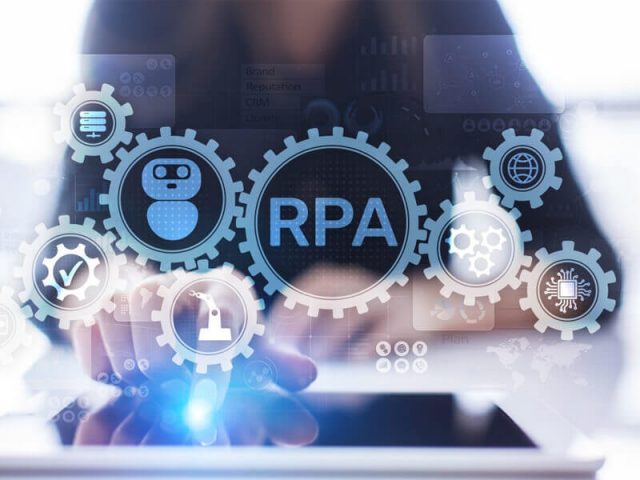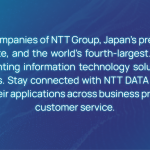As you know, Robotic Process Automation is the dominant software robot in process automation today. It has all the functions that businesses need to solve problems related to workflow optimization. Parallel to that, diversity is a variety of terms that have been born.
To implement RPA effectively, businesses must understand what these terms mean clearly. The following article of WinActor Support will introduce you to 7 terms in the RPA system.
What Are Terms In The Business Field?
Center of Excellence (CoE)
Center of Excellence (CoE) is a term that refers to a department in a company that was established to help businesses apply RPA effectively. Typically, the CoE will be created at the beginning of the RPA implementation. Because this is the time when companies will need the most support before the control and distribution of RPA to their proper place.
The center of excellence operates similarly to a team leader in terms of operations. Specifically, it will perform contemporary design, development, and program management tasks. All work aims to ensure the stable operation of RPA during the initial period of deployment.
The system of CoE will include the process owner, RPA developer, and business analyst. These are the 3 core components that make up a complete RPA process. If one of the three positions above is missing, it will be difficult for businesses to continue automating the process.
In addition, during the selection phase of RPA, the above 3 departments need to have a continuous combination to agree with each other in handling RPA exceptions.
Full-Time Equivalent (FTE)
FTE is a follow-up to Robotic Process Automation that you need to remember. FTE means the total number of hours worked by a full-time employee in one month or one year. When calculating the FTE index, its value will be generated from the automation process by comparing the job processing time by manual labor and software robots.
It can be that FTE is one of the most critical metrics of RPA. It is a decisive premise for the continued development of robotic process automation systems or not because no business will invest in a device that reduces the actual working performance.
Proof of Concept (POC)
POC is the term in RPA to refer to the process of the system being checked by the administrator. They will directly verify the quality of the system’s hardware and software. These managers then decide whether their approach is suitable for automating the process.
Besides, POC is used to demonstrate the status of automation. At the same time, it is also a premise for businesses to determine the expected return on investment. So that they will select bots that match the set criteria. Typically, the POC will appear at the top of an RPA implementation project.

What Are The Terms In The Field Of Technology?
Optical Character Recognition (OCR)
OCR stands for optical character recognition technology. This technology allows you to convert paper documents such as PDF files, records, or images taken with a digital camera into editable data. When OCR is active, this software will automatically separate the characters from the image.
At this point, all that data will be further processed by RPA. The bots of the software robot can recognize and process different types of invoices using OCR technology.
With the perfect combination of OCR and RPA, hospitals and healthcare organizations have applied these two technologies to the record entry process and system.
In addition, RPA is capable of storing scientific patient data. The medical staff can extract it anytime they need it. This will significantly improve the quality of patient service of hospitals.
Natural Language Processing (NLP)
NLP is the next term you need to know when implementing Robotic Process Automation, a natural language processing technology in artificial intelligence. The application of NLP will help computers to understand, interpret and imitate human languages. Therefore, NLP algorithms are commonly applied to the RPA process automation system.
For example, the chatbot system would have a control center location, and the NLP software would reside there. It has the task of imitating and understanding the customer’s ideas to provide automatic answers.
Furthermore, RPA uses NLP algorithms to separate unstructured data: forms, emails, voice messages.
Intelligent Robotic Process Automation (IRPA)
IRPA refers to the intelligent automation process by robots. Now, the application will stop at using software robots, but businesses will integrate a series of different technologies: NLP, OCR, AI, etc…. In this way, the process is automatic. Business process automation will happen faster and more efficiently. Artificial intelligence combined with RPA will help businesses automate more complex tasks. From there, employees will have the opportunity to move on to other essential duties. Enterprises will save a lot of costs from using RPA virtual human resources.
Command-line Interface (CLI)
In Robotic Process Automation, CLI is a term for an interface system that activates computer programs through command lines. With CLI, it won’t include any graphical interface.
At the same time, CLI will help businesses perform tasks on the console screen. In addition, because the RPA software has a graphical interface, it can work with the CLI efficiently without using any additional graphical interfaces.
If you are still wondering about a good quality RPA solution provider, NTT DATA is a good suggestion. The company is a leading enterprise in the IT field in Japan. The RPA solution that NTT has been developing well now is WinActor. WinActor’s system will include a series of bots with different tasks and roles.
Conclusion
Hopefully, the article will help you overview the terms in the RPA system. Before applying software robots to your process, you’ll need to have a clear understanding of what the terms mean. Because it plays an essential role in determining the success of RPA implementation.
In addition, when you have a clear understanding of the meaning of the term, you will know how to generalize the position of each stage. Since then, the success rate when enterprises deploy RPA has been very high.

WinActor is an RPA software solution by NTT DATA Corporation to help businesses master technology, create breakthroughs in the digital age 4.0.





